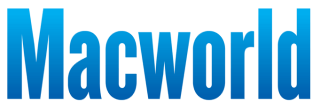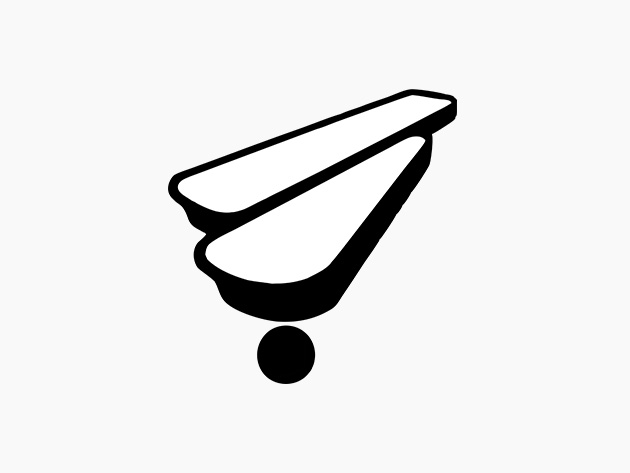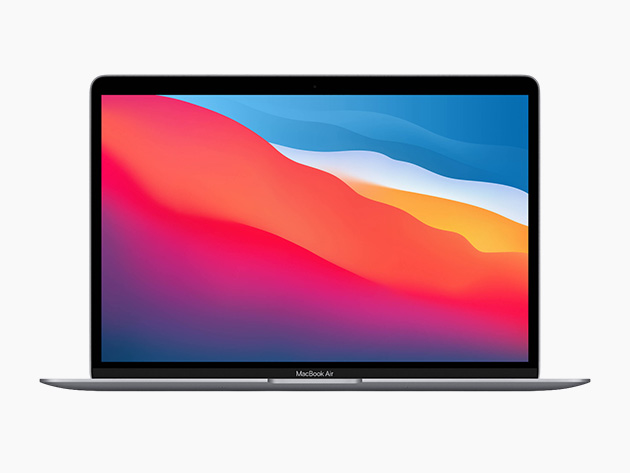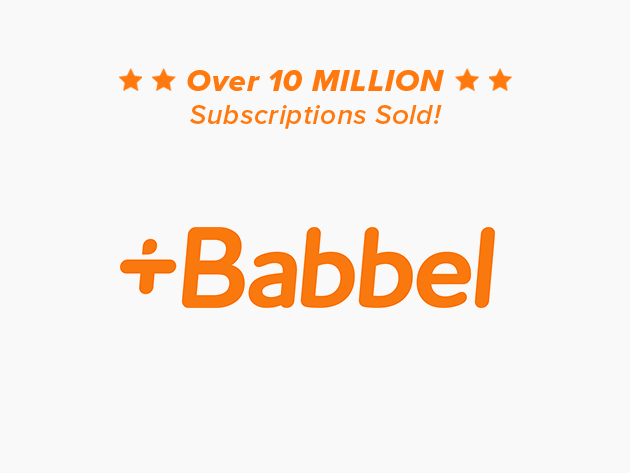
Writing a book can feel overwhelming, especially when you’re staring down a blank page with no clear starting point, but AI can help. Youbooks is an AI-powered platform that helps you turn non-fiction ideas into professional, polished books in a fraction of the time it usually takes. With a lifetime subscription, you get ongoing access to tools that let you generate up to 300,000-word manuscripts tailored to your style, with real research and your own supporting materials built in. It’s also only $49 for a lifetime subscription (reg. $540).
What makes Youbooks stand out is that it’s not just using one kind of AI model like other tools do. Instead, it blends the strengths of models like ChatGPT, Claude, Gemini, and Llama to create cohesive, well-researched content. You can upload your own documents, define your writing tone, and even include transcripts or blog posts to help guide the final product. The platform performs live internet searches during writing, so your book includes up-to-date facts and stats.
Each month, you get 150,000 credits to use toward generating content or uploading source files. When your book is ready, you can download it in a variety of formats, including DOCX, PDF, EPUB, or Markdown, making it easy to edit or publish. Youbooks also grants full commercial rights, so the book is entirely yours to sell, distribute, or share however you like.
Right now, it’s only $49 to get a Youbooks lifetime subscription.

Youbooks – AI Non-Fiction Book Generator: Lifetime Subscription See Deal
StackSocial prices subject to change.
Running Windows on a Mac isn’t just for the brave anymore—it’s for the smart. Whether you’re dual-booting with Boot Camp, running Parallels, or keeping a Windows environment handy for dev work or app testing, this bundle has you covered.
Right now, you can get Microsoft Windows 11 Pro plus a training course for only $24.99 (reg. $237). That’s a lifetime license for Windows 11 Pro (great for installing on a Mac via virtualization) and a self-paced course that helps you master its features, from productivity-enhancing tips to security tools and customizing system settings.
Windows 11 Pro comes with advanced features like BitLocker encryption, remote desktop access, group policy management, and more, which are ideal if you’re juggling creative projects, code, or business tasks that call for a PC environment. Microsoft’s latest OS also comes with Copilot, an AI-powered assistant powered by GPT-4 Turbo that can generate content, answer queries, and even help users study for tech certification exams.
The included course is great for getting up to speed quickly, whether you’re new to Windows or want to fine-tune your workflow. Windows 11 Pro may just be the smartest OS, but you’ll need to know how to navigate it to maximize your user experience.
This bundle is a smart, low-cost way to make your Mac even more versatile. But don’t wait—this deal won’t stick around for long.
Grab your Windows 11 Pro lifetime license and the accompanying training course for just $24.99 while supplies last.

Microsoft Windows 11 Pro + The Essential Windows 11 Pro Course See Deal
StackSocial prices subject to change.
Juggling emails, video calls, streaming, and creative work on an outdated laptop feels like torture because you know a computer with more power would make your life just a little bit easier. This Grade “A” refurbished MacBook Air may be a few years old. Still, for everyday computing, it’s all you’ll need, and right now, you can get it for $519.99 (reg. $1,499).
The M1 chip transforms everyday performance with an 8-core CPU and 7-core GPU built for multitasking. You can edit photos in Lightroom, stream 4K video, manage work apps, and switch between dozens of tabs, all with zero fan noise and up to 18 hours of battery life. It’s designed to keep up without slowing you down.
The 13.3-inch Retina display delivers crisp visuals, while the lightweight 2.8-pound design makes it perfect for students, professionals, and anyone constantly on the move. With 8GB of unified memory and 256GB of fast SSD storage, it boots quickly, runs smoothly, and handles real-world tasks with ease.
This model comes with a Grade “A” refurbished rating, meaning it arrives in near-mint condition with little to no cosmetic wear. It also includes a 1-year warranty, so you’re covered if anything goes wrong.
The 2020 MacBook Air with M1 chip is only $519.99 (reg. $1,499), but we only have a few of these models left — act fast!

Apple MacBook Air 13.3″ (2020) M1 7-GPU MGN63LL/A 8GB RAM 256GB SSD (Refurbished) See Deal
StackSocial prices subject to change.
For a limited time, get lifetime access to all 14 Babbel languages for $129.99 (MSRP $599) with code LEARN40 at checkout. This offer ends June 30—just two days left to grab it!
Babbel is a comprehensive language learning platform developed by a team of over 100 expert linguists, and its methods are supported by research from institutions such as Yale University and Michigan State.
You’ll get lifetime access to over 10,000 hours of content across 14 languages, including Spanish, French, Italian, German, Turkish, and more. Each lesson is built around real-life scenarios and takes just 10–15 minutes to complete, making it easy to squeeze into your daily routine.
Babbel’s speech recognition tech helps you fine-tune your pronunciation, while offline access means you can keep learning wherever you are, even without a Wi-Fi connection. It’s a smart, functional tool to help you better experience life, whether you’re prepping for a trip or leveling up your resume.
Act fast: this exclusive Babbel offer disappears after June 30 at 11:59 PM PST. Use code LEARN40 at checkout to get all 14 languages for $129.99.

Babbel Language Learning: Lifetime Subscription (All Languages) See Deal
StackSocial prices subject to change.
Leaker Majin Bu has noticed something in looking at screen protectors for the iPhone 17 line.
The screen protector for the alleged iPhone 17 Air has its camera cutout shifted from the right side of the Face ID sensors to the left side. The obvious implication is that the usual front sensor layout—an oval cutout for TrueDepth sensors on the left and a round cutout for the front camera on the right—will be reversed in the iPhone 17 Air. The camera will be on the left with the TrueDepth sensors on the right. Screen protectors for the other models show the camera in the usual position.
It’s unclear why Apple is shifting the camera on only this phone, though it likely has something to do with internal engineering. In order to make a phone so thin, Apple will need to shift some components. Of course, the two cutouts on the front of modern iPhones are joined into a single “pill” shape by the Dynamic Island, and that should be nearly, if not exactly, the same size on all iPhone 17 models. A small shift to the camera position, still hidden in an identical Dynamic Island, won’t have any impact on users.
Over the years, the iPhone front camera has regularly shifted position. On the iPhones 4 and 5, the first iphone with a selfie camera, it was on the left, then moved to the center for the iPhone 6, 7, and 8. When Apple introduced Face ID and screen notch with the iPhone X, the camera was positioned on the left side, where it has remained since.
The change may speak to some new internal design considerations intended to help make the iPhone 17 Air thinner, however. That means we could see the same arrangement on future iPhones.